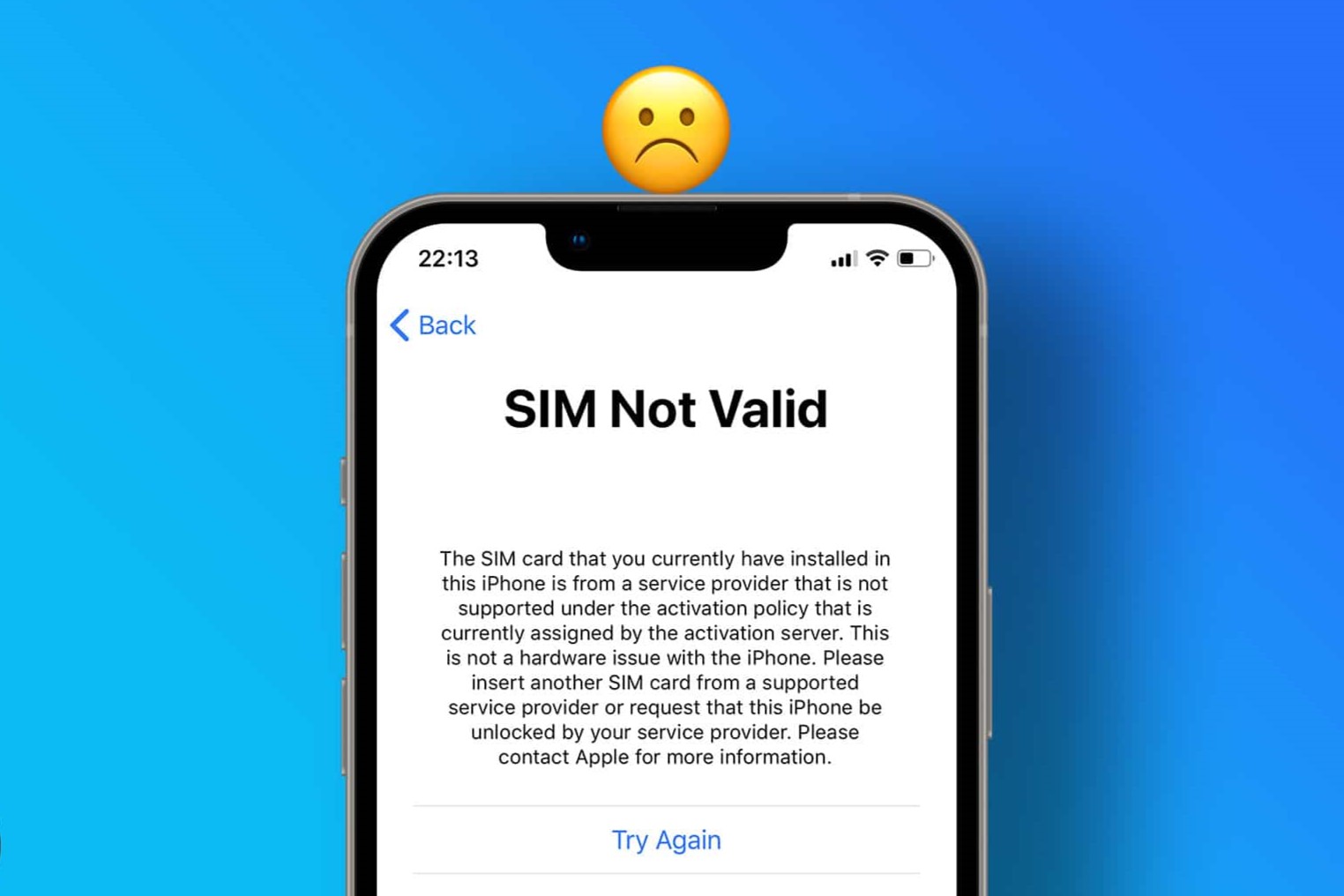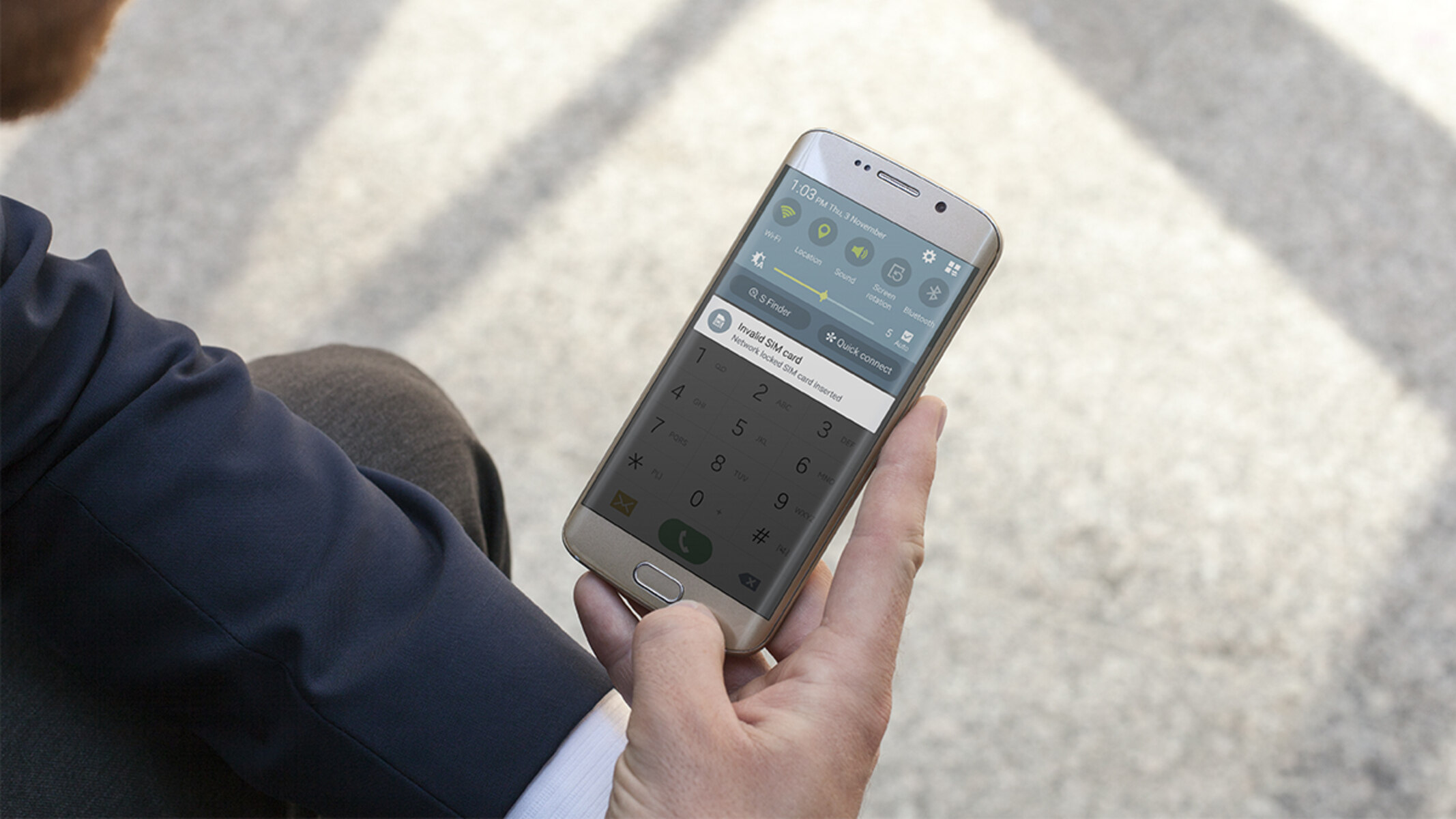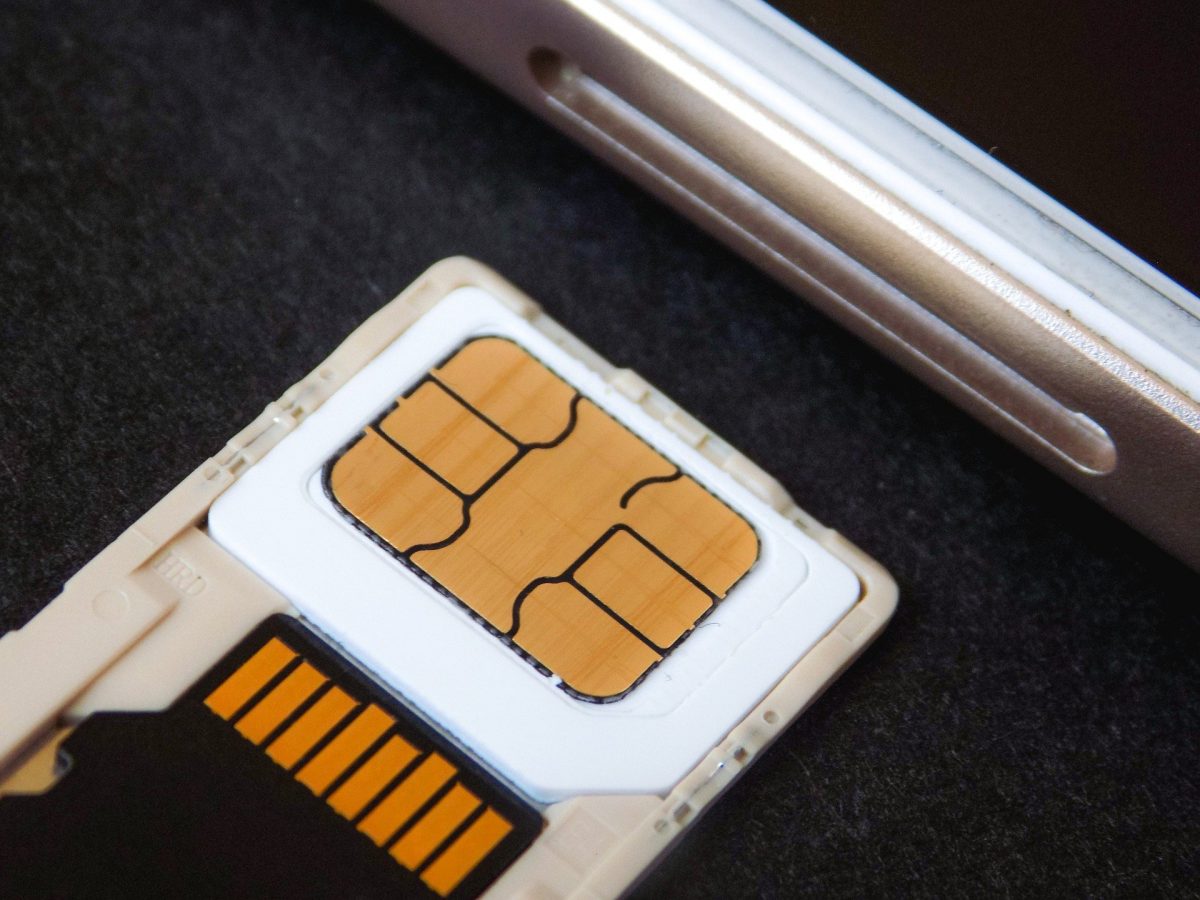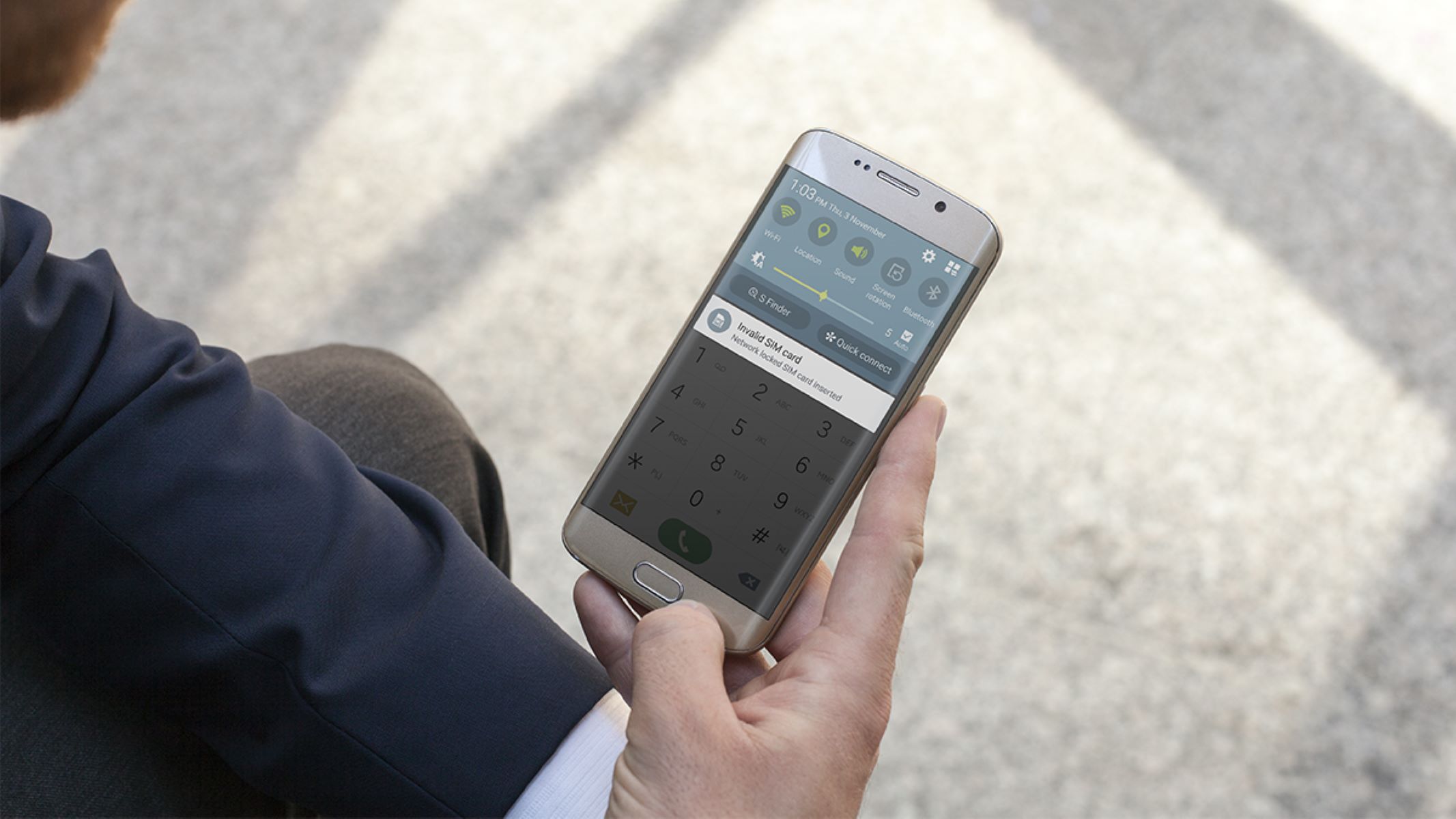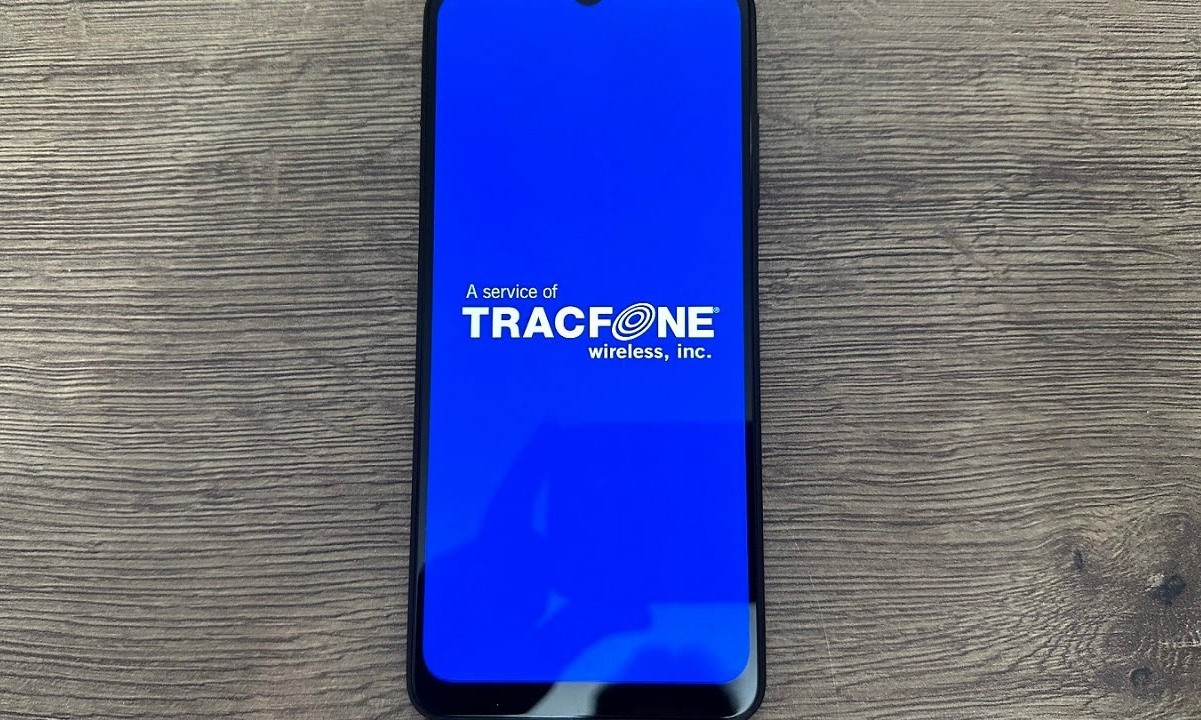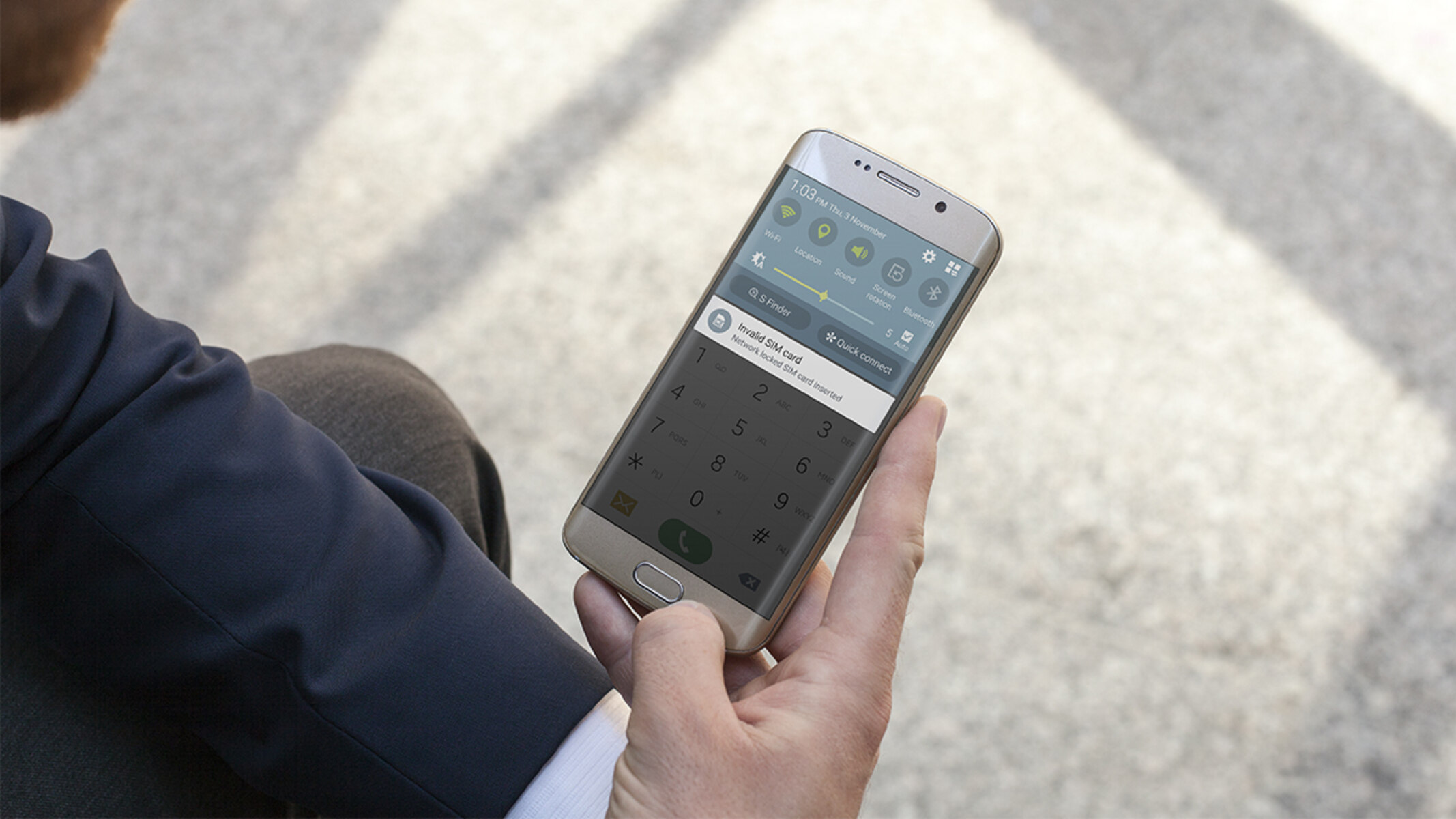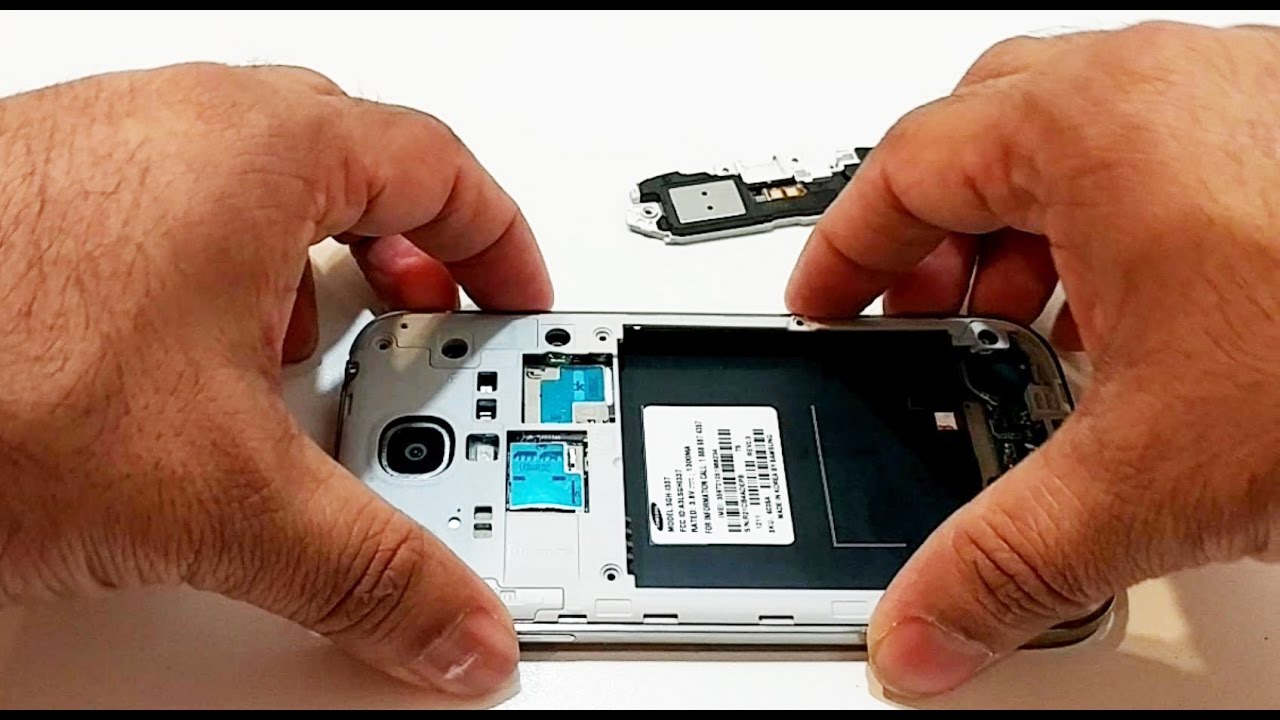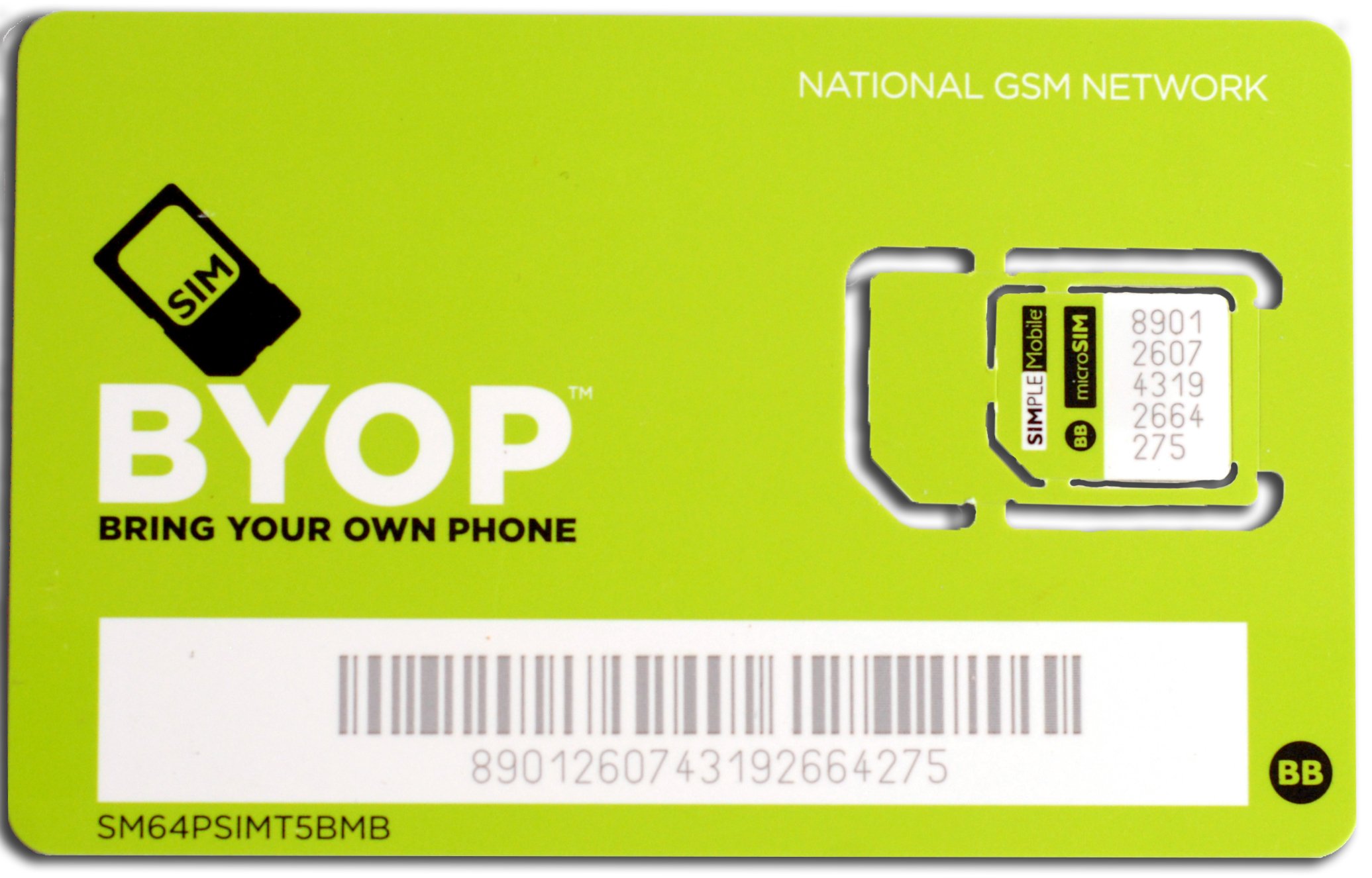What is an "Invalid SIM Card" Message?
An "Invalid SIM Card" message is a common issue encountered by mobile device users. It occurs when the SIM (Subscriber Identity Module) card inserted in the device is not recognized or cannot be authenticated by the network. When this message appears on your device, it signifies that the SIM card is not functioning properly, preventing the device from connecting to the mobile network.
The SIM card serves as a vital component in mobile communication, as it contains essential information such as the user's identity, network authentication key, and stored contacts. When the device displays the "Invalid SIM Card" message, it disrupts the user's ability to make calls, send messages, or access mobile data.
This issue can arise due to various reasons, including physical damage to the SIM card, improper insertion, network-related problems, or issues with the device's SIM card reader. Understanding the underlying causes of this message is crucial for effectively troubleshooting and resolving the issue.
In the following sections, we will delve into the potential causes of the "Invalid SIM Card" message, explore troubleshooting methods, and provide insights on seeking assistance from service providers and replacing the SIM card. Understanding these aspects will empower users to address this issue with confidence and regain seamless access to mobile network services.
Causes of "Invalid SIM Card" Message
The appearance of the "Invalid SIM Card" message on a mobile device can be attributed to various underlying factors. Understanding these causes is essential for effectively addressing the issue. Here are the common reasons behind this disruptive message:
-
Physical Damage: Physical damage to the SIM card, such as scratches, cracks, or bending, can lead to connectivity issues. When the metal contacts on the SIM card are compromised, the device may fail to establish a secure connection with the network, triggering the "Invalid SIM Card" message.
-
Improper Insertion: Incorrect insertion of the SIM card into the device's tray or slot can result in poor contact between the card and the device's SIM card reader. This can impede the proper recognition and authentication of the SIM card, causing the device to display the "Invalid SIM Card" message.
-
Network-related Problems: In some cases, network-related issues, such as temporary outages or maintenance activities, can disrupt the authentication process between the SIM card and the mobile network. This can lead to the device failing to recognize the SIM card, prompting the "Invalid SIM Card" message.
-
SIM Card Expiration: SIM cards have a limited lifespan, and over time, they may become worn out or damaged, leading to connectivity issues. When a SIM card reaches the end of its operational life, it may trigger the "Invalid SIM Card" message as the device struggles to establish a stable connection with the network.
-
Device Software or Hardware Issues: Software glitches or hardware malfunctions within the mobile device, particularly the SIM card reader, can interfere with the proper detection and authentication of the SIM card. These issues can manifest as the device displaying the "Invalid SIM Card" message, indicating a disruption in the communication between the SIM card and the device's hardware components.
By recognizing these potential causes of the "Invalid SIM Card" message, users can gain valuable insights into the factors contributing to this issue. This understanding is instrumental in undertaking targeted troubleshooting measures to resolve the problem and restore seamless connectivity to the mobile network.
Troubleshooting "Invalid SIM Card" Issues
When encountering the frustrating "Invalid SIM Card" message on your mobile device, it is essential to embark on a systematic troubleshooting process to identify and address the underlying issues. By following these targeted troubleshooting steps, users can effectively resolve the connectivity issue and restore the functionality of their mobile devices.
-
Inspect the SIM Card: Begin by carefully removing the SIM card from the device and examining it for any signs of physical damage, such as scratches, cracks, or bending. If any damage is detected, consider replacing the SIM card with a new one provided by your service provider.
-
Proper Insertion: Ensure that the SIM card is correctly inserted into the designated tray or slot in the device. Gently reinsert the SIM card to establish a secure connection with the device's SIM card reader, minimizing the risk of poor contact that could trigger the "Invalid SIM Card" message.
-
Restart the Device: Perform a soft reset or restart of the mobile device to refresh its system and reinitiate the connection with the SIM card and the mobile network. This simple yet effective step can often resolve temporary glitches that lead to the "Invalid SIM Card" message.
-
Check Network Coverage: Verify that the mobile device is within an area with adequate network coverage. In some instances, the "Invalid SIM Card" message may be triggered by poor signal reception or network outages. Moving to a different location with better network coverage can help rule out network-related issues.
-
Update Device Software: Ensure that the mobile device's software is up to date. Check for available software updates and install them as necessary, as outdated software can contribute to compatibility issues that may lead to the "Invalid SIM Card" message.
-
Test with Another SIM Card: If possible, test the device with another compatible SIM card. This can help determine whether the issue is specific to the SIM card or related to the device itself. If the alternate SIM card functions properly in the device, it may indicate a problem with the original SIM card.
By systematically addressing these troubleshooting steps, users can effectively diagnose and resolve the "Invalid SIM Card" message, restoring seamless connectivity to the mobile network. If the issue persists despite these efforts, it may be necessary to seek assistance from the service provider or consider replacing the SIM card to address any underlying hardware or network-related issues.
Contacting Your Service Provider
When all attempts to troubleshoot the "Invalid SIM Card" message on your mobile device have been exhausted, reaching out to your service provider becomes a pivotal step in resolving the issue. Service providers play a crucial role in addressing connectivity and network-related concerns, offering valuable assistance and solutions to ensure seamless mobile communication for their subscribers.
Initiating contact with your service provider allows you to leverage their expertise and resources in diagnosing and resolving the underlying causes of the "Invalid SIM Card" message. Here's a detailed approach to engaging with your service provider for effective resolution:
-
Customer Support Channels: Begin by identifying the various customer support channels provided by your service provider. This typically includes options such as toll-free helplines, online chat support, email assistance, and physical retail outlets. Choose the channel that best suits your preferences and convenience.
-
Detailed Description of the Issue: When communicating with the service provider's support team, provide a comprehensive and detailed description of the "Invalid SIM Card" message and the troubleshooting steps you have already undertaken. Include specific details such as when the issue first occurred, any error codes or messages displayed, and the model of your mobile device.
-
Diagnostic Assistance: Service providers often have the capability to remotely diagnose the status of your SIM card and its interaction with the network. They may guide you through specific diagnostic procedures or remotely assess the connectivity status of your device to pinpoint any network-related issues contributing to the "Invalid SIM Card" message.
-
Network Provisioning and Configuration: In some cases, the service provider may need to re-provision or reconfigure the network settings associated with your SIM card. This process may involve updating network profiles, refreshing network authorizations, or addressing any account-related discrepancies that could be affecting the functionality of your SIM card.
-
SIM Card Replacement: If the service provider determines that the issue stems from a faulty or damaged SIM card, they will facilitate the replacement process. This typically involves deactivating the existing SIM card and providing a new one, ensuring that it is properly activated and configured to seamlessly integrate with the network.
-
Network Outage Notifications: Service providers may also use this opportunity to inform you of any ongoing network outages, maintenance activities, or service disruptions that could be contributing to the "Invalid SIM Card" message. They will provide relevant updates on the resolution timeline and alternative measures to mitigate the impact on your mobile connectivity.
By engaging proactively with your service provider, you can benefit from their specialized support and resources, leading to a swift and effective resolution of the "Invalid SIM Card" message. This collaborative approach ensures that you receive tailored assistance specific to your network subscription and device configuration, ultimately restoring seamless connectivity and functionality to your mobile device.
Replacing Your SIM Card
When persistent issues with the "Invalid SIM Card" message remain unresolved despite troubleshooting efforts and assistance from the service provider, replacing the SIM card emerges as a viable solution to restore seamless connectivity and functionality to your mobile device.
The process of replacing a SIM card is straightforward and typically involves the following steps:
-
Contact Your Service Provider: Initiate communication with your service provider to request a replacement SIM card. This can be done through various customer support channels, including helplines, online chat support, or physical retail outlets. Provide the necessary account details and explain the ongoing issues with your current SIM card to facilitate the replacement process.
-
SIM Card Activation: Upon receiving the new SIM card from your service provider, ensure that it is activated before proceeding with the replacement. Activation may involve confirming your identity, associating the new SIM card with your mobile number, and updating any necessary network configurations.
-
Data Transfer: If your current SIM card contains stored contacts, messages, or other data, consider transferring this information to your device or a secure storage medium before replacing the SIM card. This ensures that important data is preserved and accessible with the new SIM card.
-
SIM Card Removal: Power off your mobile device and locate the SIM card tray or slot. Use the provided SIM card removal tool or a small, pointed object to gently eject the existing SIM card from the tray. Handle the SIM card with care to avoid damage during removal.
-
Insertion of New SIM Card: Place the new SIM card into the designated tray or slot, ensuring that it is oriented correctly according to the device's specifications. Gently push the SIM card into place until it is securely seated within the tray.
-
Device Restart and Verification: Power on your mobile device and allow it to initialize with the new SIM card. Verify that the device recognizes the new SIM card and establishes connectivity with the mobile network without triggering the "Invalid SIM Card" message.
By following these steps, users can seamlessly replace their SIM cards, effectively addressing persistent connectivity issues associated with the "Invalid SIM Card" message. This proactive approach ensures that users can swiftly regain access to mobile network services and resume uninterrupted communication and data connectivity on their devices.







